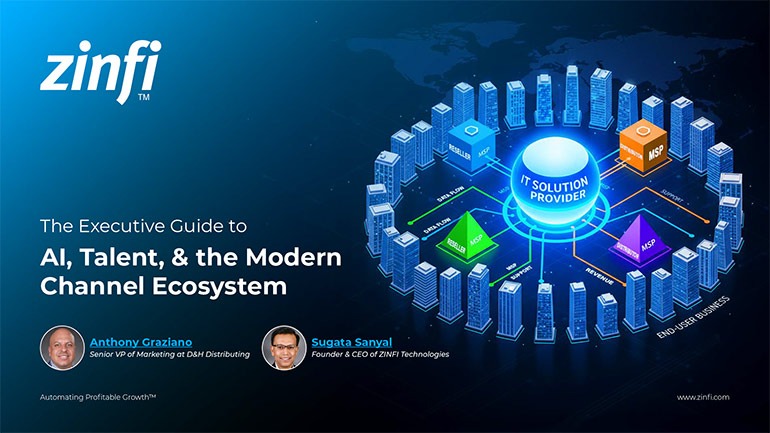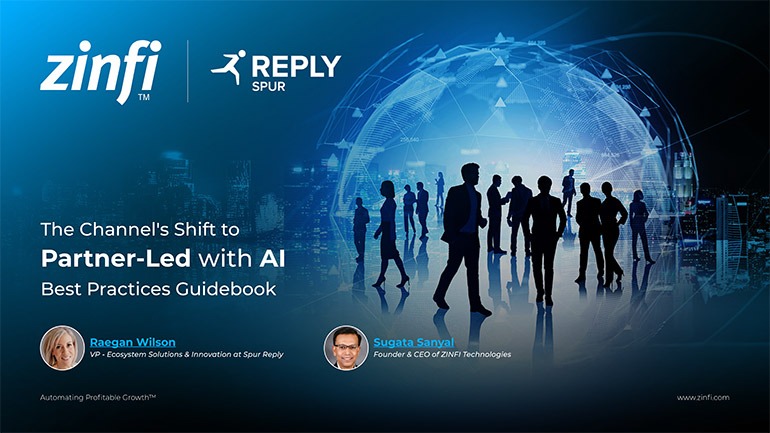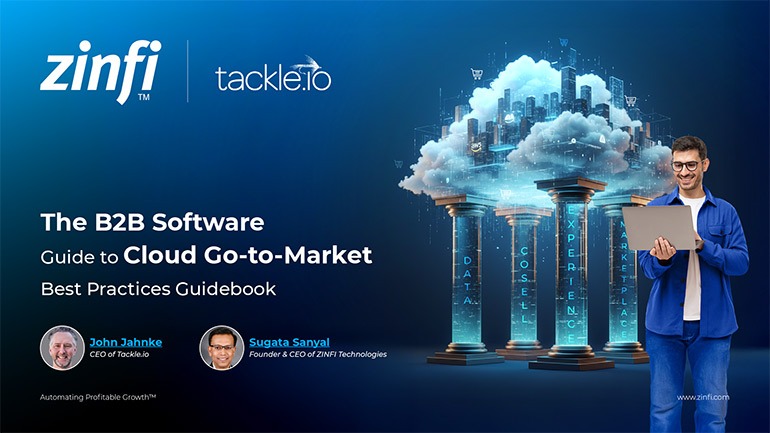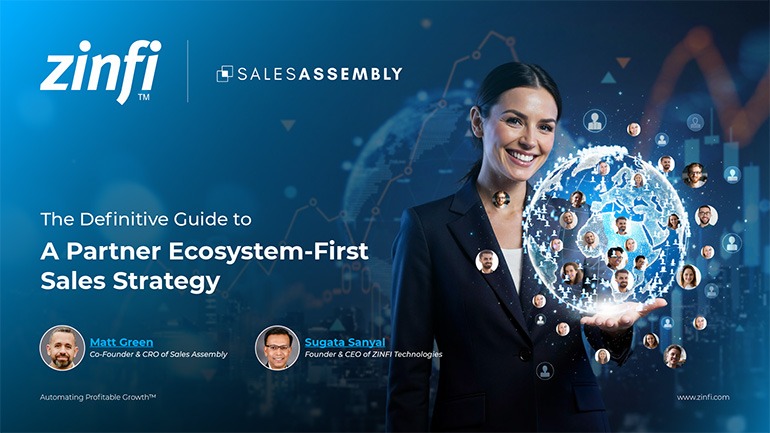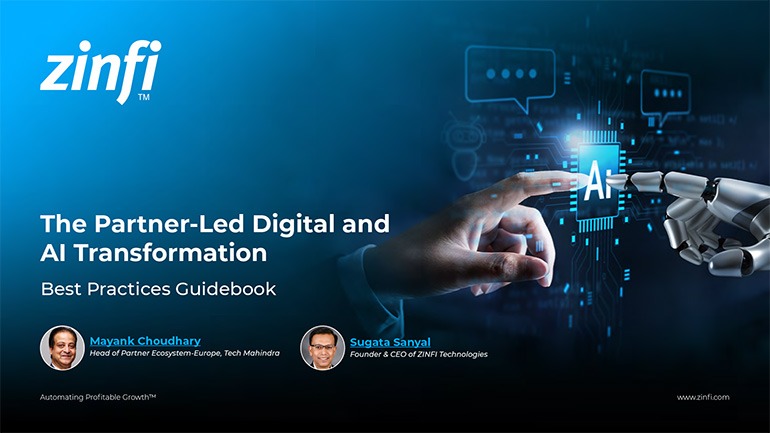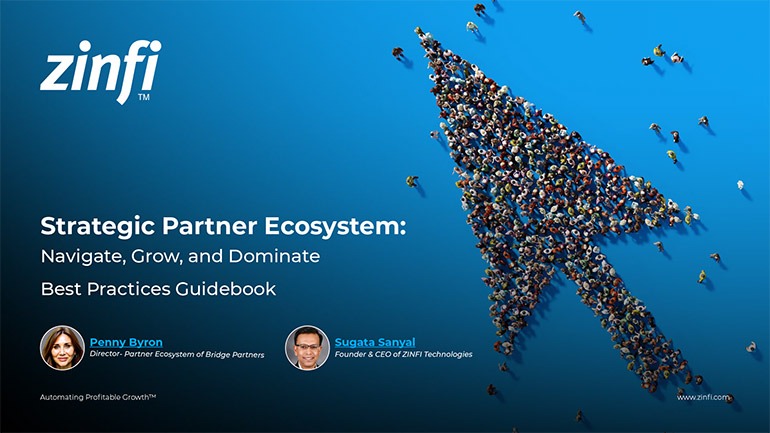The traditional model of a single, dominant partner controlling a deal has fundamentally changed. Today's IT ecosystem is characterized by unprecedented complexity, with an average opportunity involving four to seven partners across the customer journey. This shift is not arbitrary; it's an organic evolution where various players like Global System Integrators (GSIs), Independent Software Vendors (ISVs), Managed Service Providers (MSPs), and Value-Added Resellers (VARs) specialize in enhancing profitability and delivering more focused value. This specialization means that vendors must meticulously assess and select the right partners to effectively provide solutions and cater to the diverse needs of modern customers.
The fragmentation, while challenging, necessitates a strategic approach to ensure that the vendor's ecosystem can support the entire customer lifecycle, from initial digital transformation efforts to ongoing managed services and maintenance. This organic segmentation within the IT ecosystem has forced companies to double down on their core competencies, leading to a landscape where each partner type brings a unique, specialized value proposition. For instance, a GSI might initiate a digital transformation project but then collaborate with an ISV for a custom solution, an MSP for ongoing managed services, and a local VAR for installation and maintenance. This intricate web of relationships means that success is no longer about one company delivering a solution but a coordinated effort across multiple specialized partners. Understanding these shifting roles and identifying where profitability lies for each partner type is crucial for vendors looking to build a resilient and effective go-to-market strategy in this increasingly interconnected market.
The focus has moved from individual transactions to long-term, multi-partner engagements that address comprehensive customer needs. The sheer volume of applications and point solutions in enterprise environments further compounds this complexity, with many organizations unaware of the full extent of their software footprint. This drives a critical need for simplification, particularly in the cybersecurity sector, where numerous point solutions are complex to integrate, manage, and maintain. The market is actively pushing towards platform solutions that consolidate these fragmented offerings, enabling better management for customers and their managing partners, such as MSPs. This consolidation aims to provide a "single pane of glass" for managing diverse applications, streamlining performance, and optimizing costs in multi-cloud environments. This trend underscores that effective growth and recession-proofing strategies must prioritize integrated solutions that simplify operations and deliver clear business outcomes rather than adding to a complex technology stack.

